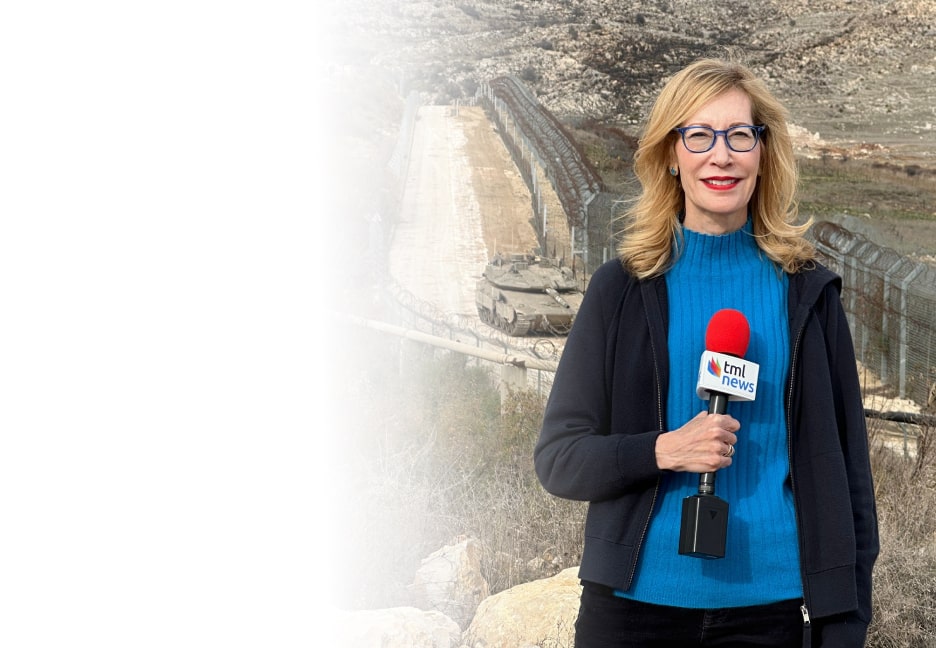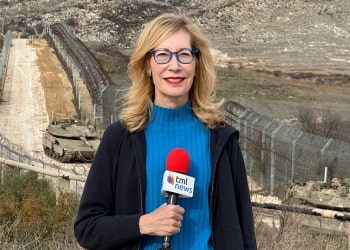Damascus is reportedly naturalizing thousands of Iran-backed fighters to cement the regime’s grip on power after bloody civil war
After surviving nearly eight years of civil war, the regime of Syrian dictator Bashar al-Assad reportedly is pursuing a strategy to prevent another uprising by shaking up the country’s demographic makeup.
The regime has naturalized thousands—possibly tens of thousands—of war-hardened Shi’ite fighters from Iran’s Islamic Revolutionary Guard Corps and Iranian-backed Hizbullah in the hope that these groups will shift the demographic and sectarian balance away from Arab Sunnis in strategic pockets of the country, according to reports.
The revelation is particularly worrisome for Jerusalem as many such fighters have been deployed to southern Syria along the Israeli border. The move could very well violate an agreement between the Jewish state and Russia to keep Iranian proxies from operating in close proximity to the Israeli-controlled portion of the Golan Heights.
The Israeli military regularly targets sites and convoys it says are involved in the transfer of precision-guided missiles and other advanced weapons to Tehran’s allies in Syria and Lebanon. Jerusalem has repeatedly declared it will not tolerate a foothold of Iran-supported fighters on its northern border.
This holiday season, give to:
Truth and understanding
The Media Line's intrepid correspondents are in Israel, Gaza, Lebanon, Syria and Pakistan providing first-person reporting.
They all said they cover it.
We see it.
We report with just one agenda: the truth.


Dr. Moshe Ma’oz, a professor of Islamic and Middle Eastern Studies at Jerusalem’s Hebrew University, told The Media Line that the Syrian regime’s demographic gambit is exaggerated and unrealistic.
“Syria has 23 million people. Can this change the demography of a solidly Sunni-majority country? No, also because many Sunni refugees who escaped the war are now returning. This is just part of the Syrian government’s bag of tricks it uses to scare Israelis,” he said.
Responding to the question of whether the move could help Damascus manage the country’s sectarian divide, Dr. Ma’oz explained that a common mistake is to equate Alawites—the Assad regime’s Islamic sect—with Shi’ites.
“They are imposters; and the Shi’ites themselves do not regard them as members of their own sect,” he stressed, adding that Alawites hold beliefs about celestial bodies and Christian teachings that contradict prevailing norms in the Muslim world.
Owen Holdaway, a freelance journalist that covers Syria, told The Media Line that even though the Alawites are a tiny minority, their regime “is definitely becoming more emboldened by the victories on the ground, due in large part to Russian and Iranian support.”
Nevertheless, Holdaway agrees that significantly altering the Syria’s Sunni-dominated makeup will be extremely difficult, if not impossible.
“Sometimes analysts, especially academics, will overly ‘sectarianize’ the issue. For example, certain Sunni tribes are very pro-Alawite while some Shi’ite tribes are very anti-Alawite. As you get to the nuanced ground level, much depends on the geographical location of where sectarian issues arise,” he explained.
Damascus’ demographic strategy “is more a political ploy to shore up the regime’s support among its international partners, particularly Iran, and domestically to warn other sectarians groups to fall behind the regime.”
In recent months, Assad-aligned forces have recaptured most of the country. The conflict has left more than 350,000 people dead—although some estimates peg the number at 500,000—and displaced millions.